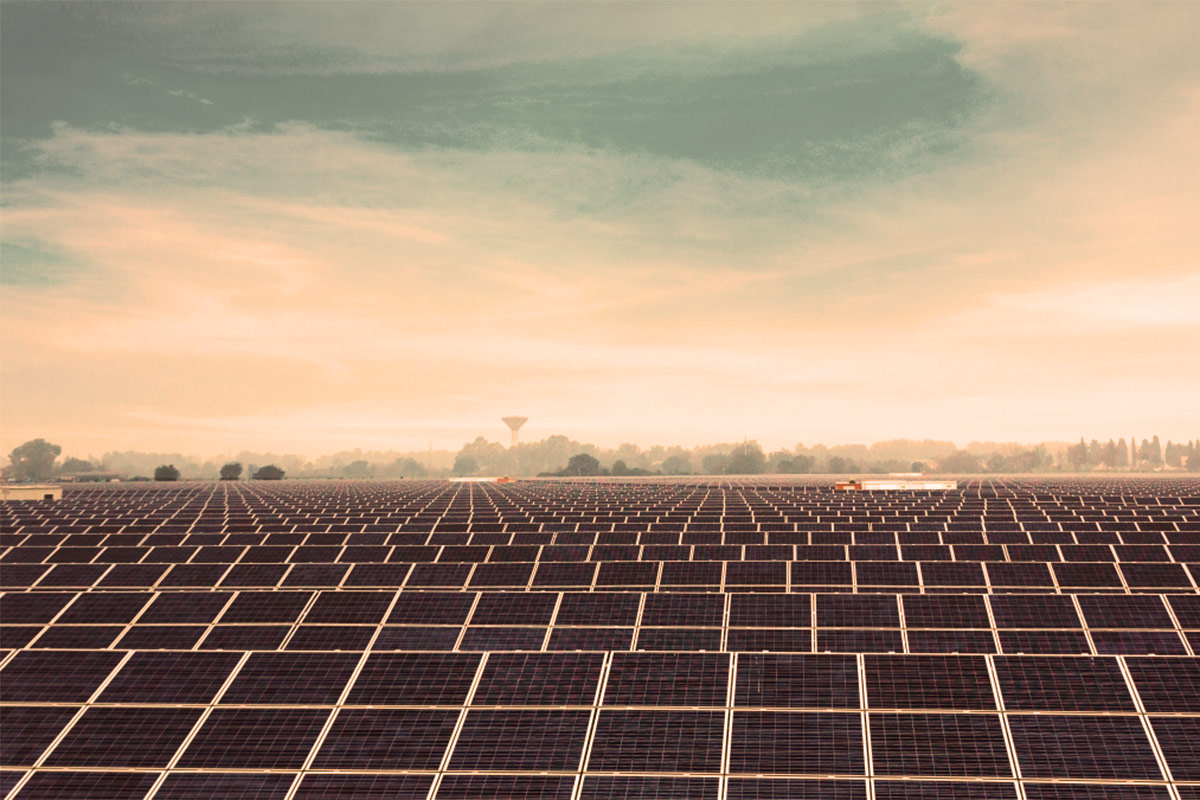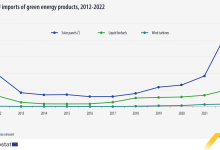Renewable Energy Sources paramount for Italy’s National Energy Strategy
The chapters related to the production of energy from renewable sources were given special attention in the Italian National Energy Strategy. From the list of these sources, none is missing, neither the most used nor the sources that are still the subject to research, innovation, achievement, promotion.
The development of these topics intensively studied by energy experts is obviously in a two-way relation with the level of investment in the energy sector in general and in the wind sector in particular.
In Italy, the regulatory and bureaucratic difficulties linked to aid schemes have slowed down, even blocking investments at some point. These constraints, according to Italian specialists, have diminished the significant increases in this type of electricity production.
According to data provided by the Global Wind Energy Council (GWEC), it appears that, from the point of view of this type of production, Germany ranks third, after the US and China.
Steve Sawyer, GWEC’s Secretary-General, says that by 2030 20% of global energy demand will be provided by wind power.
The installed capacity in the EU is thus dominated by Germany with 47%, followed by Spain with half of this figure. The ranking continues with the UK, France and Italy, with 10% GW installed.
GWEC specialists believe that, with the implementation of measures under the Paris climate agreement, wind energy production will explode in the next 15 years. They anticipate that even 2,110 GW will be achieved, five times more than the current level.
For Italy, the installed capacity growth was continuous, the country continuing the moment of opportunity provided by mini-wind farms installed in agricultural areas.
The small agricultural firm was and is interested in two arguments: one related to the technical balance between sowing, fertilized, groomed material etc. and profit after harvesting and selling most of the production; and the second argument is related to energy expenditure, watering, harvesting and transportation equipment, and even greenhouses when needed.
Starting from the energy needs, mini-wind farms installed in agricultural areas benefiting from wind are a saving solution in terms of cumulated energy consumption management.
The installed power of a mini-wind power configuration does not exceed 25 KW on each pillar supporting the corresponding propeller.
The advantages of using mini-wind farms in agricultural associations could be: reduced costs compared to other forms of electricity generation, coverage of investments related to the installation of these types of mini-wind farms is very rapid, but also the possibility of using the energy produced within the agricultural company, by selling it in the network, i.e. the unused amounts, if the wind manifests its presence for sustained periods of time. Thus, it’s about a great flexibility in terms of energy production and its use, a defining binomial for energy efficiency.
Anyway, the general theme of the mini-wind power installation is ample, not being limited to the agricultural field.
Another example is the use of these installations, with a suitable construction form, on high-speed motorways. In this way, the flow of air determined by the passage of cars, trucks and other vehicles that run at high speed on motorways can be transformed. Experts in energy calculations have estimated that 10% of wind power could come from this method.
Parallel to the multitude of advantages of electricity generation with wind power installations, the disadvantages are also obvious, the balance being anyway inclined, perhaps, to the positive side of the use of wind force in the areas where it is truly efficient.
However, the supporters of this method are complaining about the long absence of strategic approaches, norms concerning the future of the wind power generation system and, of course, state aid schemes.
It is argued that wind power generation should be seen as complementary to photovoltaic production, both being part of what was established to be a necessity in Paris two years ago, that is the even more intensive use of renewable sources in electricity generation.
With the promotion of electric propulsion in the automotive industry, the future trajectory imposed in Paris is beginning to be more than obvious, as a global necessity.
As I mentioned at the beginning of the article, I emphasize that in 2017 the Government of Italy approved the National Energy Strategy, a programmatic document that contains important strategic elements for the future development of the country’s energy sector, the production of RES (Renewable Energy Sources) being treated on all levels as essential.







